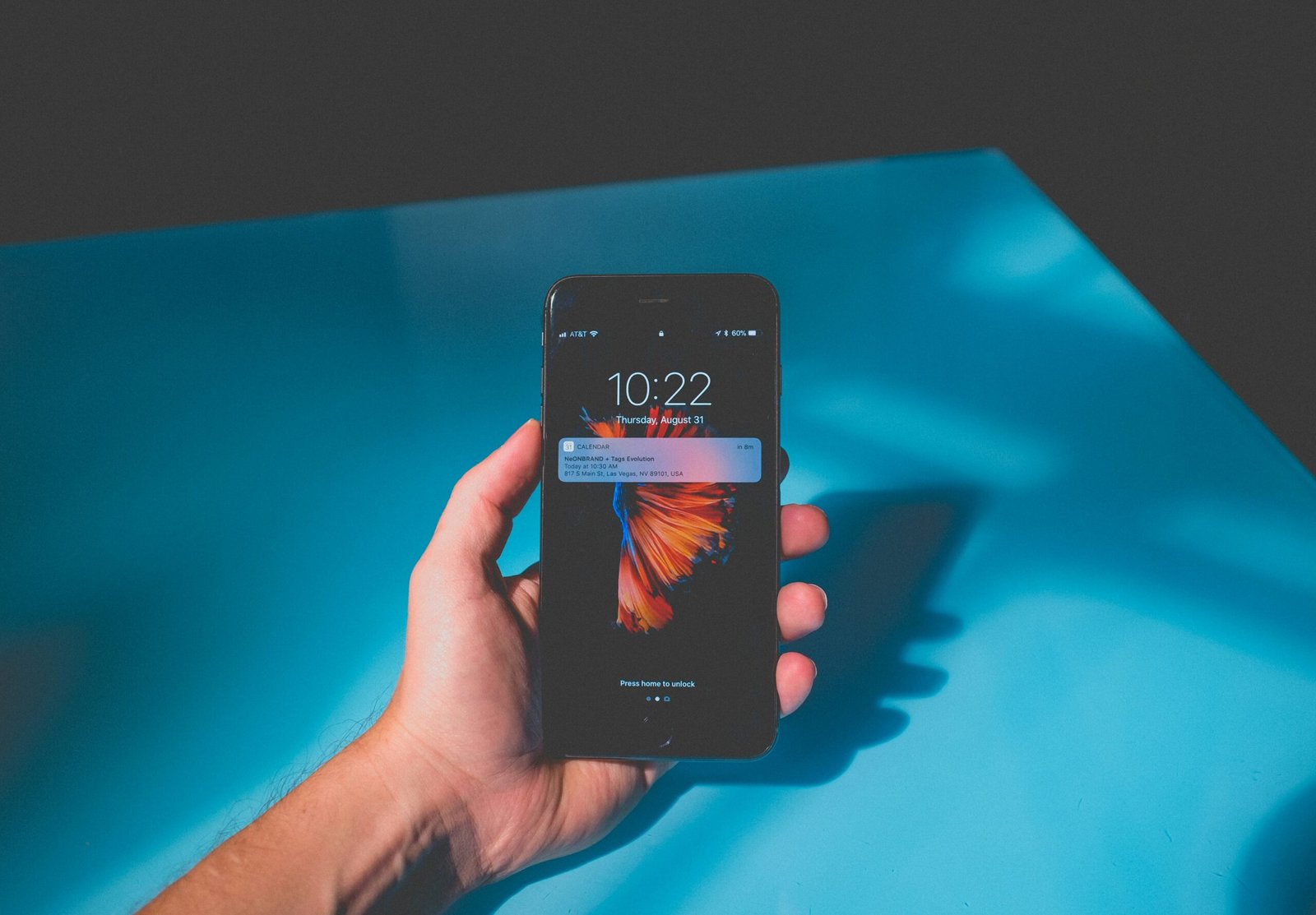Here’s the deal, something we call the ‘eye-deal’:
Before proceeding to read this article, try blinking, make it a double blink.
Now look away from your screen and count to 20 slowly.
Good, now that’s something to practice more often. Just think, every time you do, your eyes will thank you (and now, you may continue…)
Computer Vision Syndrome: Ask Google
For those of us whose jobs require looking at computer screens for the most part of our day, not to mention that most of our personal time in between and after hours is spent on our cell-phones, the potential effects of the strain it’s causing on our eyes can be scary.
According to a medical report by Eye Health UK, published in the Pharmaceutical Journal, “Computer vision syndrome is a group of eye and vision-related problems that result from prolonged computer, tablet, e-reader and mobile phone use.”
Its symptoms include sore and dry eyes, blurry or double vision, problems focussing, as well as frequent neck pain and headaches, which can worsen over time if not treated.
Not surprisingly, those who are suffering the most, you may have guessed it, are the youngsters.
A close up view on the global situation
While it’s no revelation that staring at screens is not good for young eyes, a recent UK based study by a company called Scrivens Opticians found that the number of 13 to 16 year olds needing glasses has almost doubled over the last seven years from 20 per cent in 2012 to 35 per cent in 2018, where two thirds were diagnosed with myopia (short sightedness). Their results also showed that kids within this age range tend to spend an average of 26 hours of screen time per week.
Worse yet, in China, myopia has reached epidemic status, according to a review on population prevalence statistics published in PLoS One, revealing that up to 80 per cent of its young people are needing to wear glasses.
Whilst hereditary factors have part to play so far as genetic predispositions, this notable increase is attributed to children having greater homework demands, technology addiction (especially amongst teens) and spending less time outdoors during the day.
Rather interestingly, an Australian study published in the Journal of Ophthalmology that looked specifically at whether outdoor activity reduces the prevalence of myopia in children of mixed racial groups, found that more time spent outdoors was shown to counter the effects of short sightedness amongst all children, including those of Chinese ethnicity.
Eye to eye-deal
In an ideal world, we should all restrict the amount of time we spend on technology. But if you do have to look at a screen for long hours, a good rule of thumb is the “20-20-20” rule. According to an article for Medical News Today, this rule was designed by Californian Optometrist Jeffrey Anshel as a reminder to take our eyes off our screens every so often, thereby preventing eyestrain.
“When following the rule, a person takes a 20-second break from looking at a screen every 20 minutes. During the break, the person focuses on an object 20 feet away, which relaxes the eye muscles.” One can also benefit from closing one’s eyes for 20 seconds every 20 minutes, as it helps to prevent dry eyes.
To create positive habits, you may want to set yourself screen-break reminders whilst you’re at work; there are even 20-20-20 rule Apps available that you can download.
That said, before you scroll on to the next read, why not put it to practice right now.
References:
Anderer. J. (2019) Study Blames Disturbing Rise In Teens Who Need Glasses On Excessive Screen Time. Available at Study Finds.org [online] https://www.studyfinds.org/study-blames-disturbing-rise-in-teens-who-need-glasses-on-excessive-screen-time/
Galassi. M. (2018) Does Screen Time Actually Hurt Your Eyes? We Asked an Expert. Available at The Every Girl [online] http://theeverygirl.com/does-screen-time-actually-hurt-your-eyes/
Griff. (2018) Does the 20-20-20 rule prevent eye strain? Available at Medical News Today [online] https://www.medicalnewstoday.com/articles/321536.php
Herman. J. Is too much screen time bad for kids. Available at All About Vision [online] https://www.allaboutvision.com/parents/screen-time-for-kids.htm
Hu. M. et al (2019) Population prevalence of myopia, glasses wear and free glasses acceptance among minority versus Han schoolchildren in China. Available at PLoS One [online] https://www.ncbi.nlm.nih.gov/pmc/articles/PMC6472783/ Accessed 17 September, 2019.
Hicks. T. (2019) More teens need prescription glasses. Is excessive screen time to blame? Available at Healthline [online] https://www.healthline.com/health-news/is-screen-time-to-blame-for-the-rise-in-teens-who-need-prescription-glasses
Pharmacy Learning Centre. (2017) Computer vision syndrome: causes, symptoms and management in the pharmacy. Available at The Pharmaceutical Journal [online] https://www.pharmaceutical-journal.com/eye-care/computer-vision-syndrome-causes-symptoms-and-management-in-the-pharmacy/20203789.article?firstPass=false
Rose. K. (2008) Outdoor activity reduces the prevalence of myopia in children. Available at the Journal of Ophthalmology [online] https://www.ncbi.nlm.nih.gov/pubmed/18294691?dopt=Abstract&holding=npg
